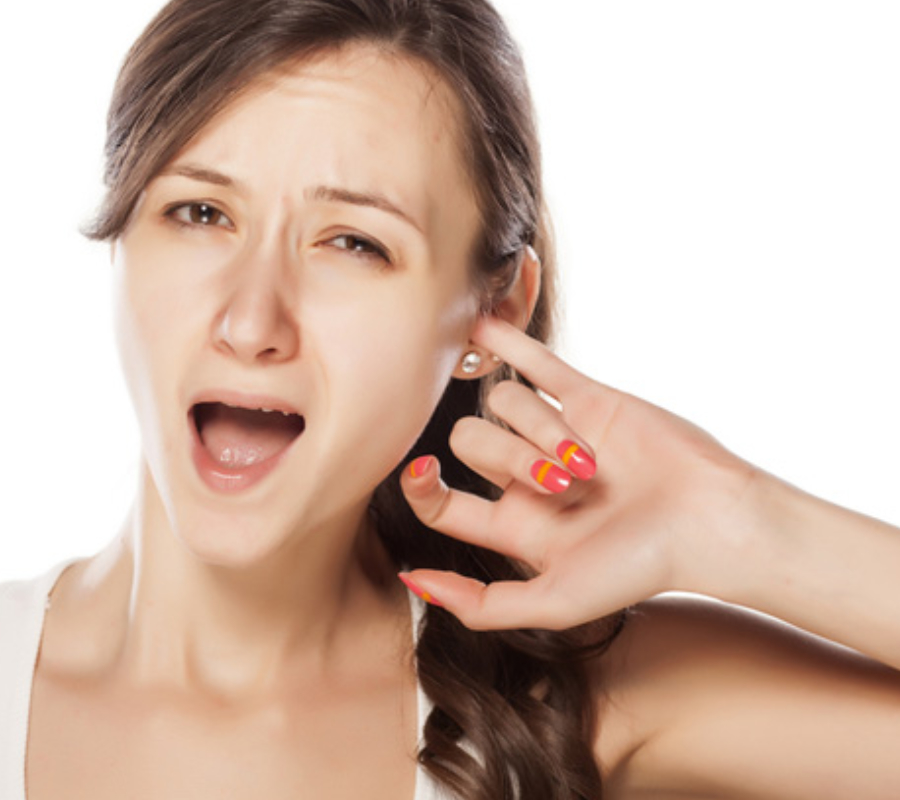Doctors have reaffirmed one fact about earwax removal: we should stop using cotton swabs. An updated clinical guideline published on Tuesday tells you the do and dont’s when it comes to cleaning your ears.
The guidelines were published in the Journal Otolaryxngology-Head and Neck Surgery. They recommend us not to put anything smaller than our elbow inside our ears and to let nature do its own work. Dr. Seth Schwartz said that people are getting more interested and conscious about the care of their ears.

“We really have come to appreciate that clinicians are not the only users of (the guidelines), that patients are really interested in their own care and people are really taking ownership of their own care,” said Dr. Seth Schwartz, chairman of the guideline update group for the academy.
Stop using cotton swabs or anything smaller than an elbow
Earwax, also known as cerumen is made by our own body to grease up the inside of the ears and to trap any invading particle. The body is used to deal with earwax by removing old wax when it crusts up and by growing more skin cells. However, if the process is disturbed, earwax might build up in your ears bringing health consequences such as deafness.
According to the guidelines, 1o percent of children and 5 percent of adults suffer from an accumulation of earwax. The problem is more common among older adults.
Doctor say we shouldn’t put anything smaller than our elbows in our ears —including cotton swabs, hair pins, house keys or toothpicks— because instead of cleaning them we might be doing quite the opposite.
In the update, doctors explain why it is bad for us to use cotton swabs. They say that cotton swabs or any other small object can cause cuts in our ear canals, perforating our eardrums or dislocating our hearing bones. All of these things can cause hearing loss, dizziness or other symptoms of ear injury.
More than 50,000 people have downloaded the old guidelines, which were published in 2008. Schwartz said an update was overdue by now, though he admitted that nothing changed dramatically in the update. They improved mainly the methodology. He also said that the process is more transparent now since they are clearer about the decisions they make and what data they should support.
The do’s for earwax removal
So, we know what we shouldn’t do to clean our ears, but if we can’t use cotton swaps how we should remove earwax? According to the guidelines, we should let nature do its own job.
There are some recommendations for those who have problems with cerumen impaction, which is the medical term for earwax buildup. This condition is most common among the elderly, according to Dr. James Battey, director of the National Institute on Deafness and Other Communication Disorders. It occurs when the ear’s self-cleaning process is not working correctly blocking thus the ear canal.

We should let the body do its own work concerning ear wax removal. In case we have impacted ear wax we should let a health care professional treat our problem. Another thing we can do is home therapies.
According to Schwartz the over-the-counter wax-softening drops and the home-used irrigators are effective for the ear while not damaging it. He said that even water drops can help softening the wax.
Schwartz also said that though it is good to care about the health of our ears we should not over clean them. Overcleaning our ears can lead to impacted wax. As well, we should avoid ear candles, since there is no proof that they actually remove impacted cerumen and they can cause serious damage to the eardrum.
Source: CNN
